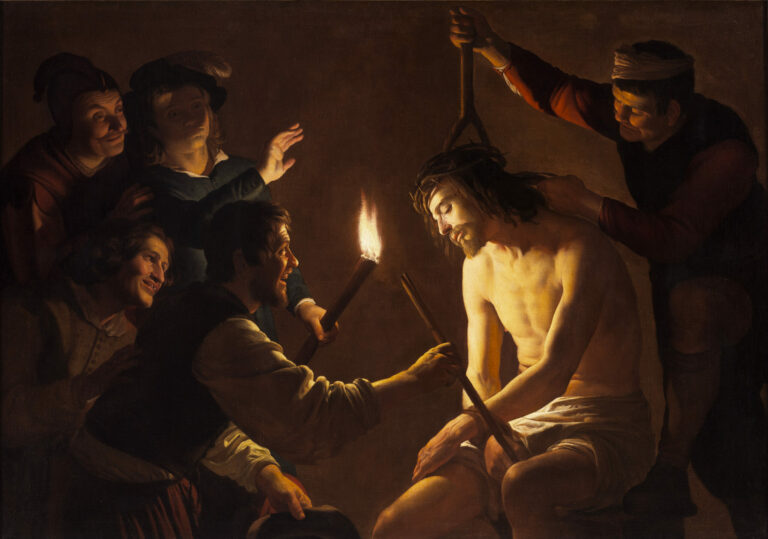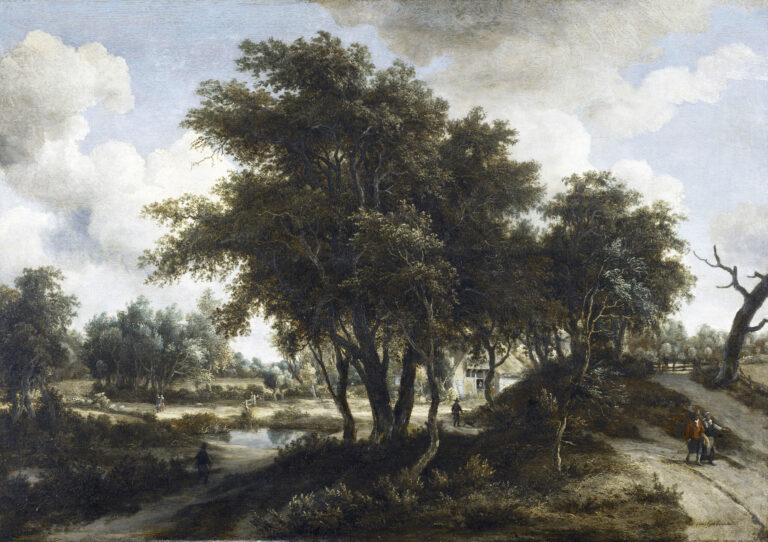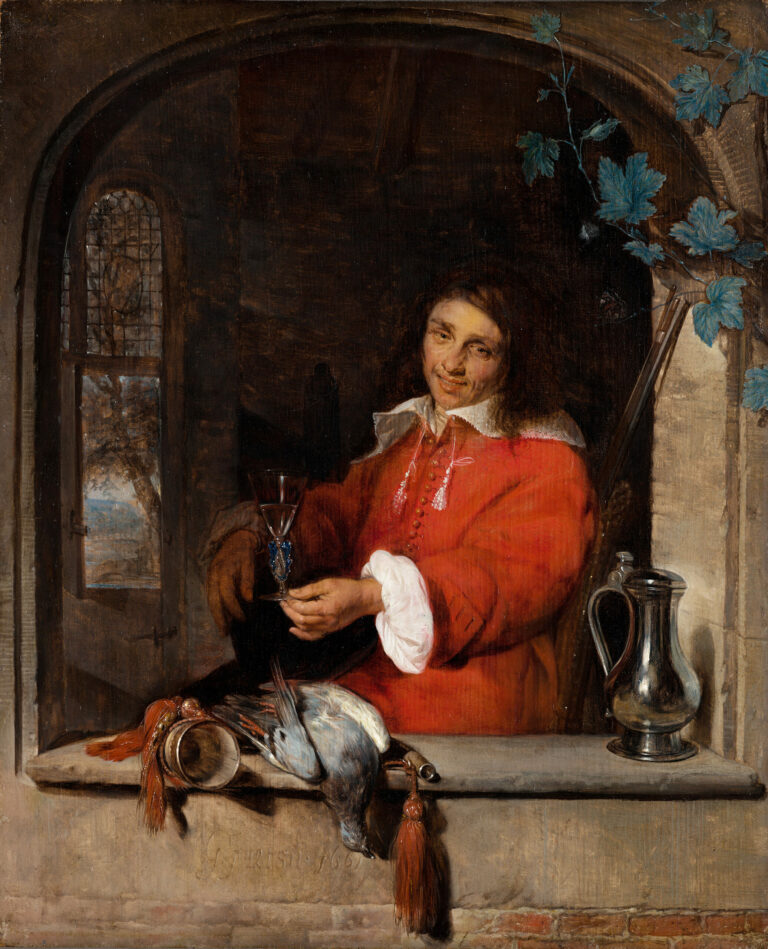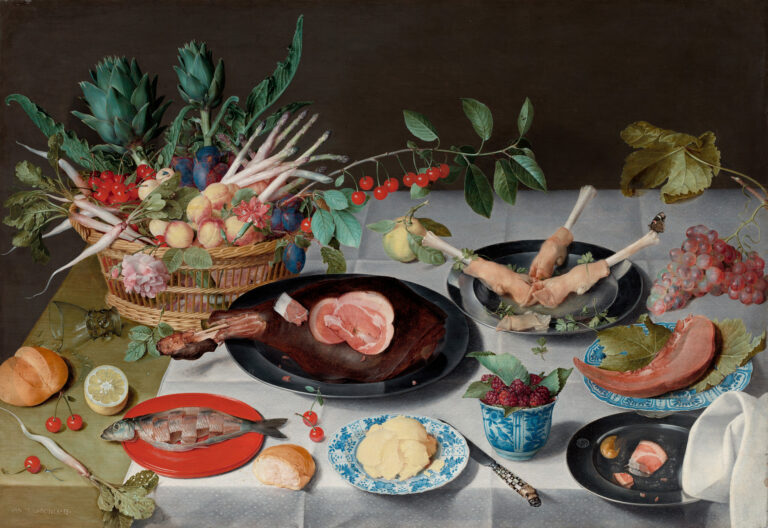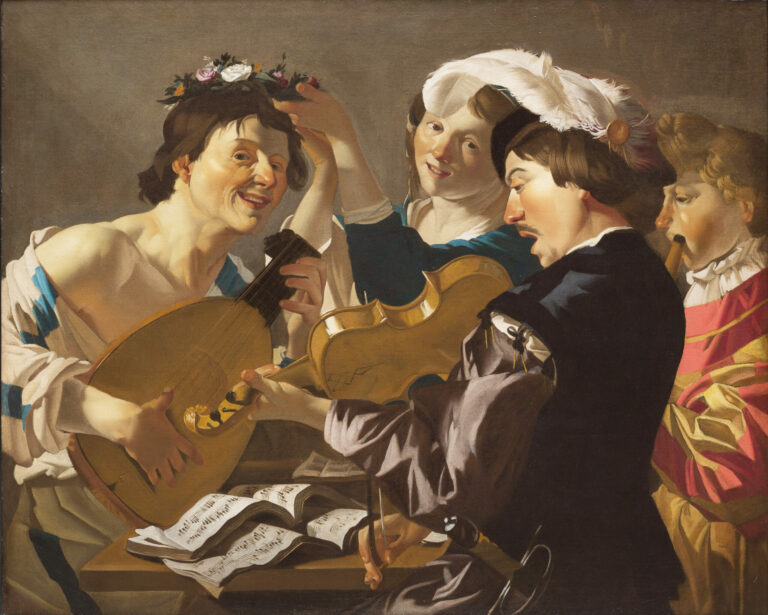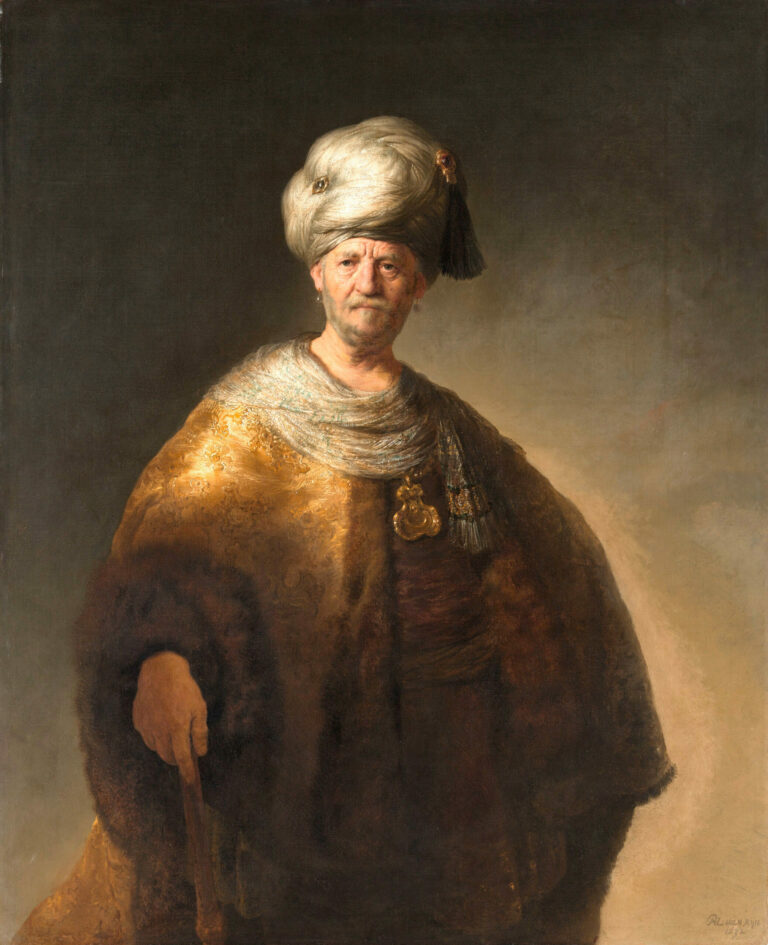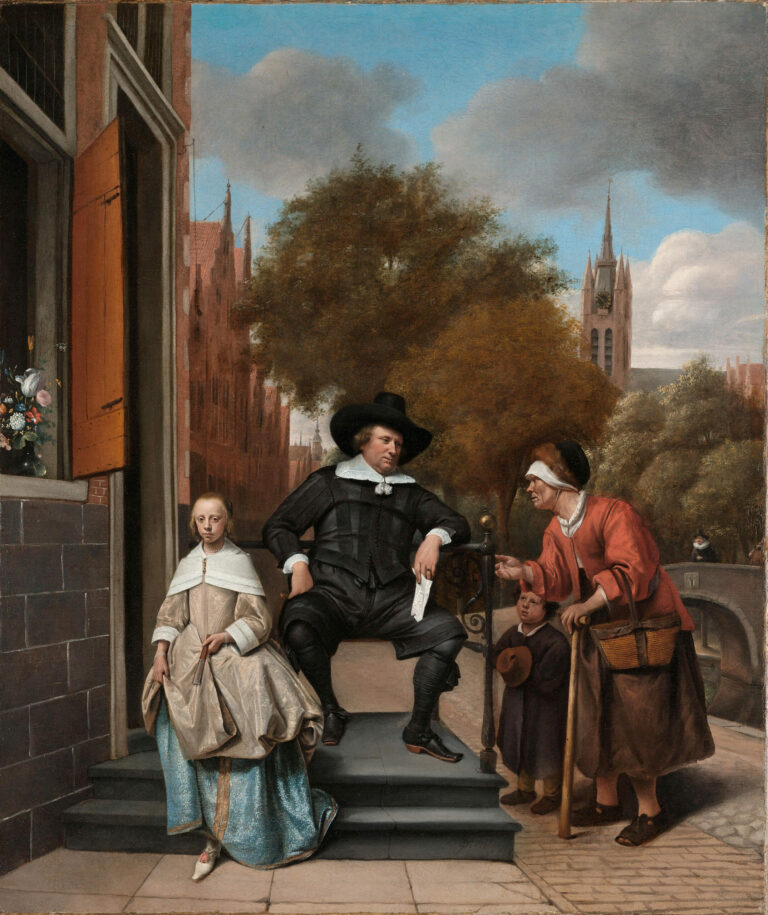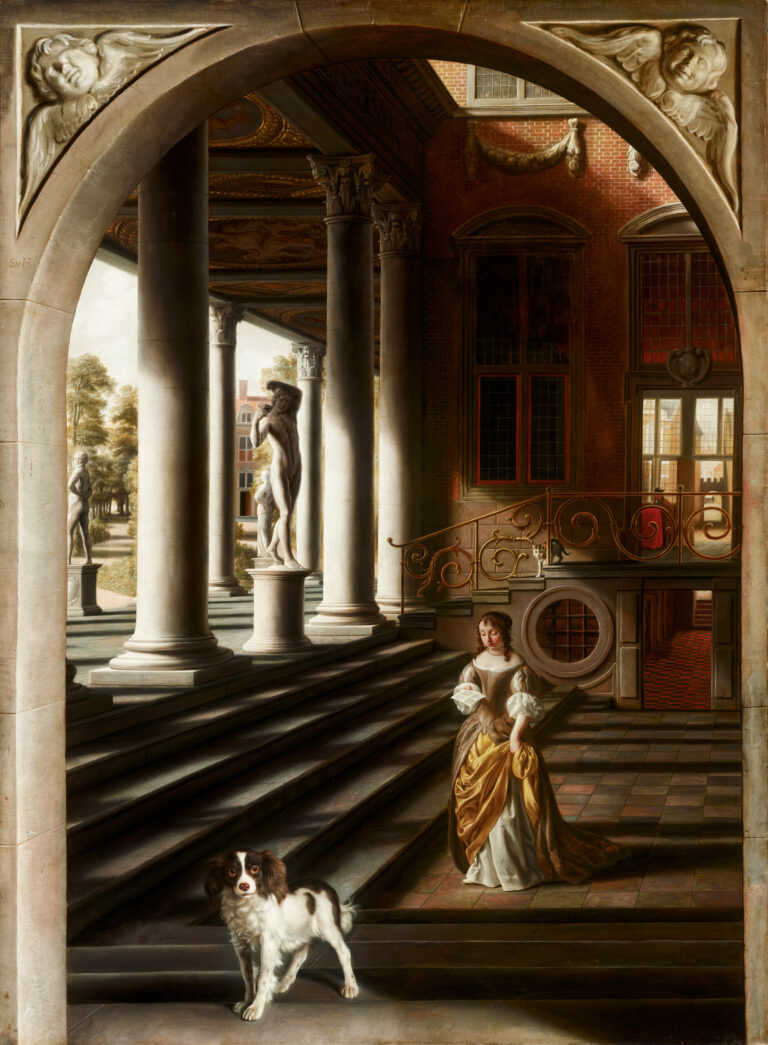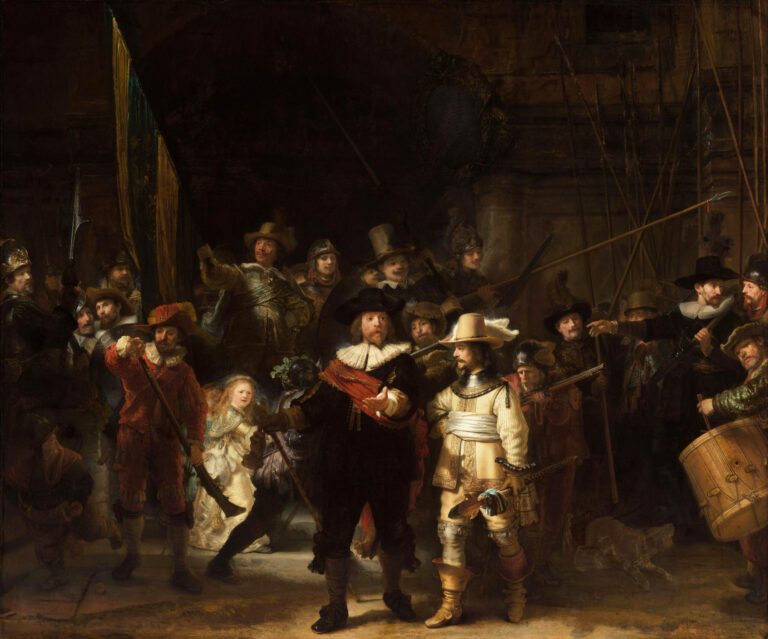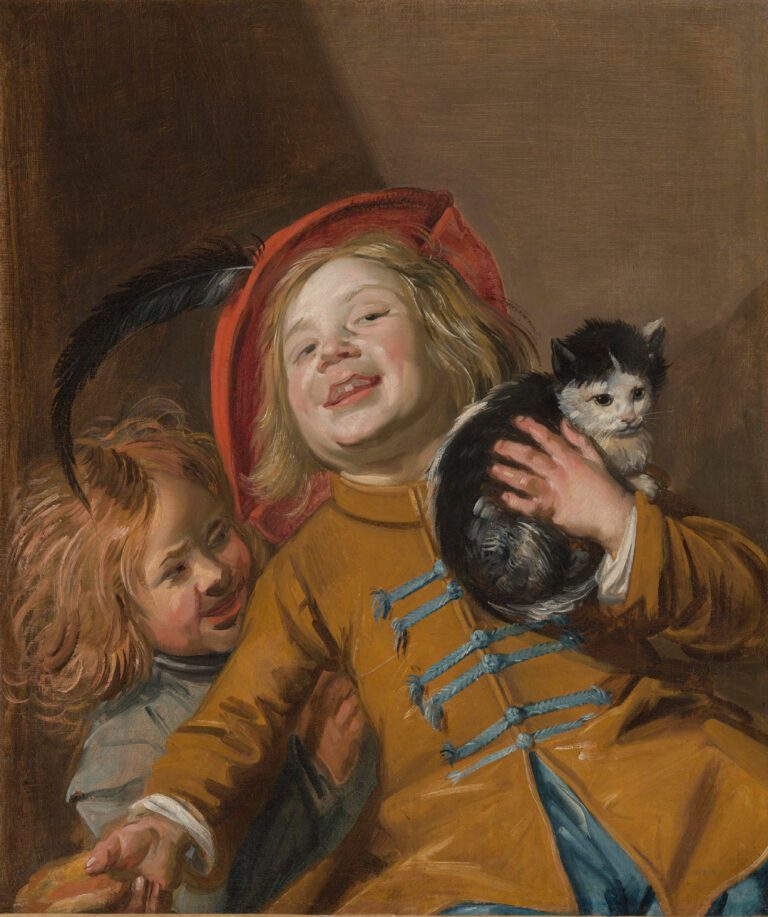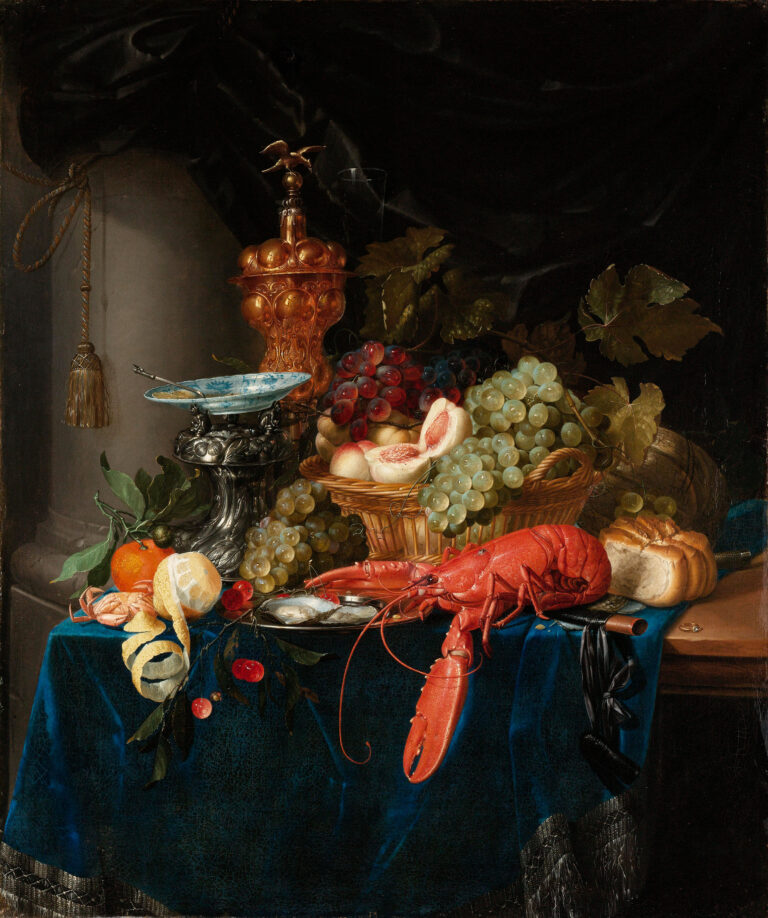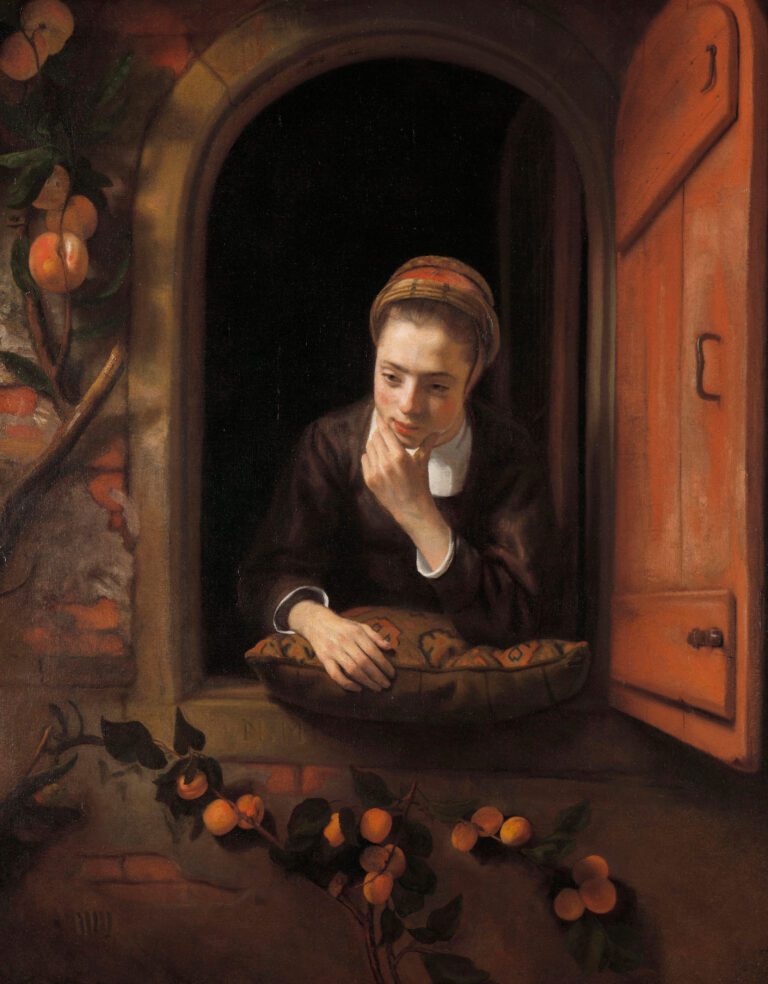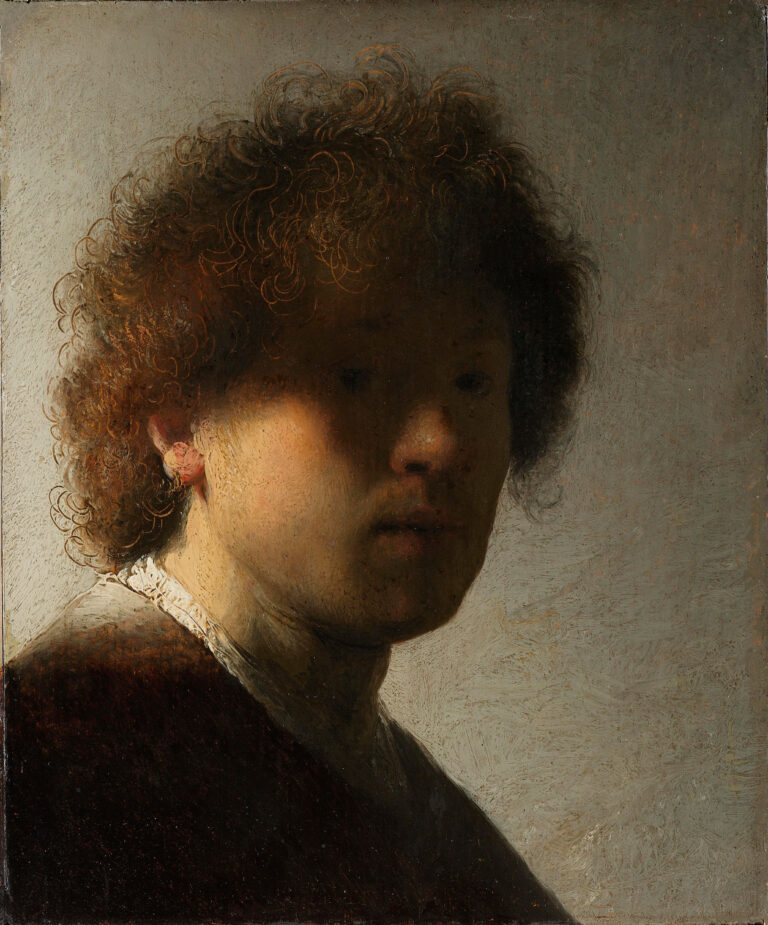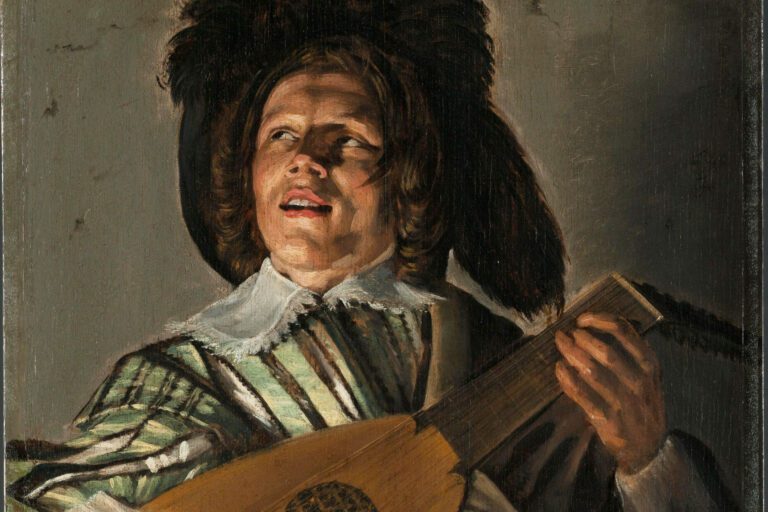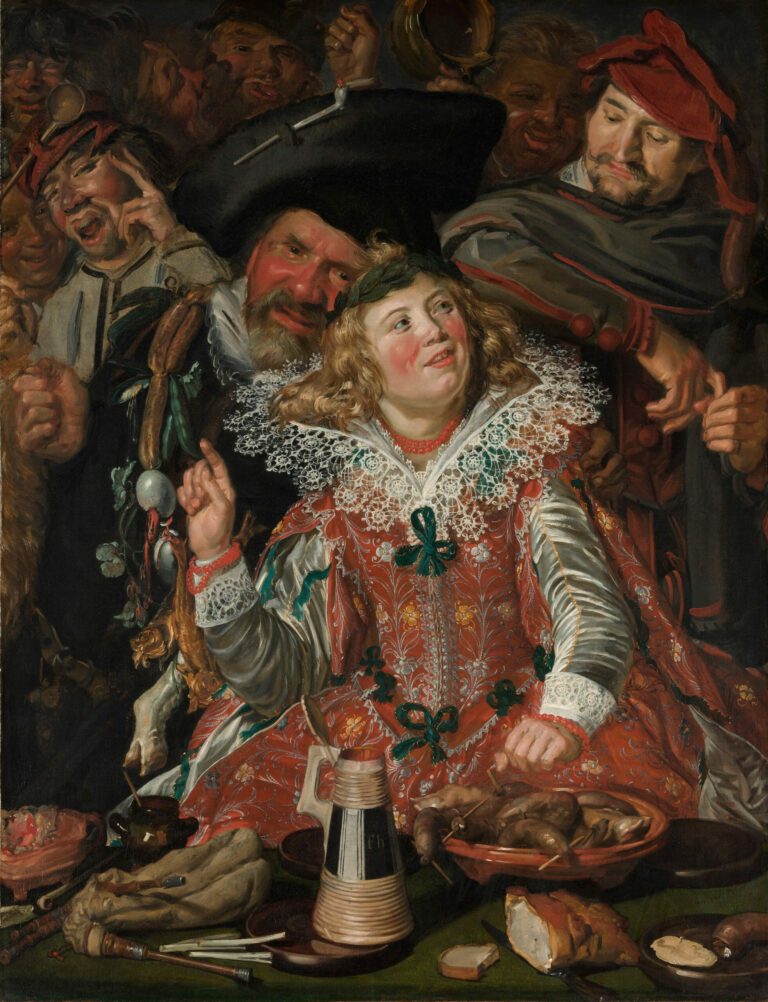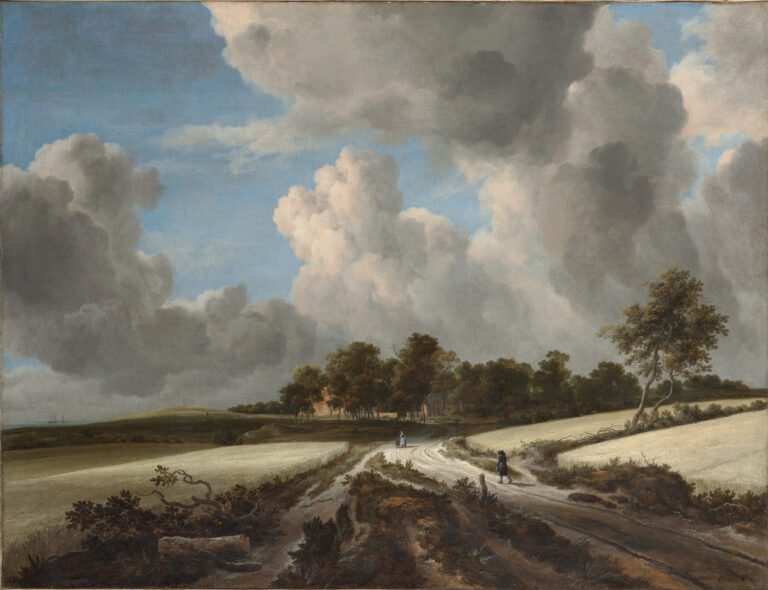The Dutch Golden Age
The Dutch Golden Age, spanning approximately from 1580 to 1670, represents an unparalleled artistic flowering that coincided with the Dutch Republic’s emergence as a formidable maritime and commercial power. In this first bourgeois republic of Europe—liberated from Spanish rule and traditional aristocratic patronage—an unprecedented art market developed, allowing numerous artists to flourish by responding to the tastes of an expanded merchant clientele. This Calvinist yet tolerant society fostered a profoundly original artistic tradition that, moving away from Catholic religious subjects, pioneered new genres: civic portraiture (both individual and group) celebrating the bourgeois pride of guilds and militia companies; atmospheric landscapes capturing the distinctive Dutch light; seascapes documenting the nation’s maritime prowess; meticulously observed genre scenes depicting everyday life; and still-life paintings elevated to high art—compositions that simultaneously celebrated material abundance while offering moral meditations on life’s transience.
Within this extraordinary artistic ecosystem emerged exceptional masters like Rembrandt, whose portraits and biblical scenes reveal unmatched psychological depth and chiaroscuro mastery; Vermeer, who transformed domestic interiors bathed in crystalline light into timeless icons of silence and contemplation; Frans Hals, whose spontaneous, virtuosic brushwork revolutionized portraiture; and landscape painters like Jacob van Ruisdael, who transcended topographical representation to create poetic visions of the Dutch countryside. This remarkable artistic efflorescence—characterized by striking realism and exceptional technical refinement—reflects a sophisticated visual culture where meticulous observation of the visible world merged with rich symbolism. Dutch Golden Age painting thus offers a fascinating mirror of Europe’s first modern capitalist, bourgeois society—one that took immense pride in its civic values, intellectual achievements, and material prosperity, while maintaining an awareness of life’s impermanence beneath its confident surface.


